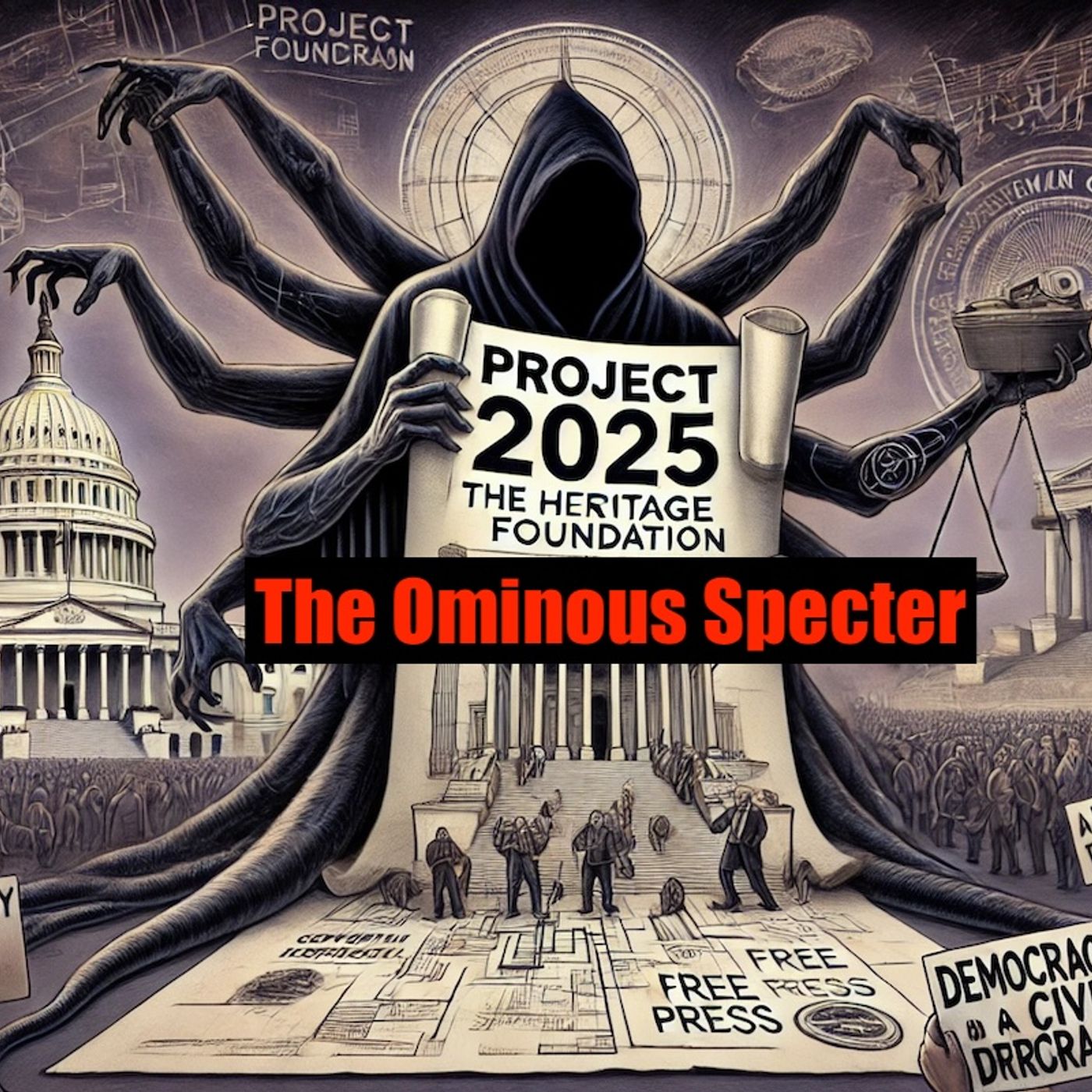Podcast Episode Details
Back to Podcast Episodes
Conservative Playbook Unveiled: Project 2025 Aims to Centralize Executive Power and Reshape American Governance
Project 2025 began quietly in conservative circles, with its origins traced to a Spring 2022 gathering of strategists and operatives in Washington. By April 2023, the Heritage Foundation had unveiled the nine-hundred-plus page blueprint, branding it “Mandate for Leadership: The Conservative Promise.” The document reads less like a policy wish list and more like a regime change manual, spelling out a dramatic vision for American governance under a future conservative administration.
Kevin Roberts, president of the Heritage Foundation, captured the mood in a statement: “All federal employees should answer to the president.” This encapsulates the project’s signature ambition—greater centralization of executive power—rooted in what conservative legal theorists call “unitary executive theory.” According to analysis in The New York Times, this vision would go farther than any post-Nixon Republican platform by making the entire federal bureaucracy directly accountable to the president, erasing agency independence and civil service barriers that have existed for decades.
The Project’s approach is methodical. Its 180-day playbook details how agency heads should be replaced immediately after inauguration, with thousands of ideologically vetted appointees stepping into critical roles. The controversial Schedule F personnel policy is central: it seeks to reclassify existing civil servants, strip them of job protections, and replace large swathes with loyalists, allowing the new administration essentially unlimited power to hire and fire across government. According to the National Federation of Federal Employees, this would have unprecedented ramifications—apolitical employees, many with deep expertise, would lose their shields from political interference and could be replaced at will, upending regulatory stability.
Examples of proposed reforms are as concrete as they are sweeping. The plan advocates abolishing entire agencies, including the Consumer Financial Protection Bureau and the U.S. Agency for International Development. According to reporting on the current administration’s implementation efforts, the Department of Government Efficiency led by Elon Musk has already moved to shut down both of those agencies, simultaneously laying off over a quarter million federal workers and contractors—27 agencies impacted in total. The chaos of rapid layoffs has led to lawsuits: NTEU President Tony Reardon stated, “For over 47 years, the law has made clear that collective bargaining in the federal sector is in the public interest. We have taken the necessary action to file a lawsuit to uphold the law and stop this attack.”
On the policy side, criminal justice stands as a stark example. Project 2025 recommends that the Department of Justice intervene in local cases where it believes “rule of law deficiencies” exist, targeting prosecutors who prefer diversion programs or refuse to prosecute low-level offenses. The Brennan Center underscores that this would politicize local law enforcement and undermine prosecutorial discretion, with potentially chilling effects on criminal justice reform.
Economic policy proposals include consolidating the Bureau of Economic Analysis, Census Bureau, and Bureau of Labor Statistics into a single agency—a move that critics, like Democracy Forward, warn would “kneecap the data-collection capacities” essential for planning and transparency. Project 2025 also seeks to dismantle the Economic Development Administration, which recently overseen billions in infrastructure investment and the creation of over 200,000 jobs, threatening significant disruption to federal investment in communities.
Supporters argue these measures will “destroy the administrative state,” clearing away what they view as unaccountable power. Critics, from the ACLU to the Center for Progressive Reform, counter that the blueprint’s methods—centralized appointment, aggressive deregulatio
Published on 2 months, 2 weeks ago